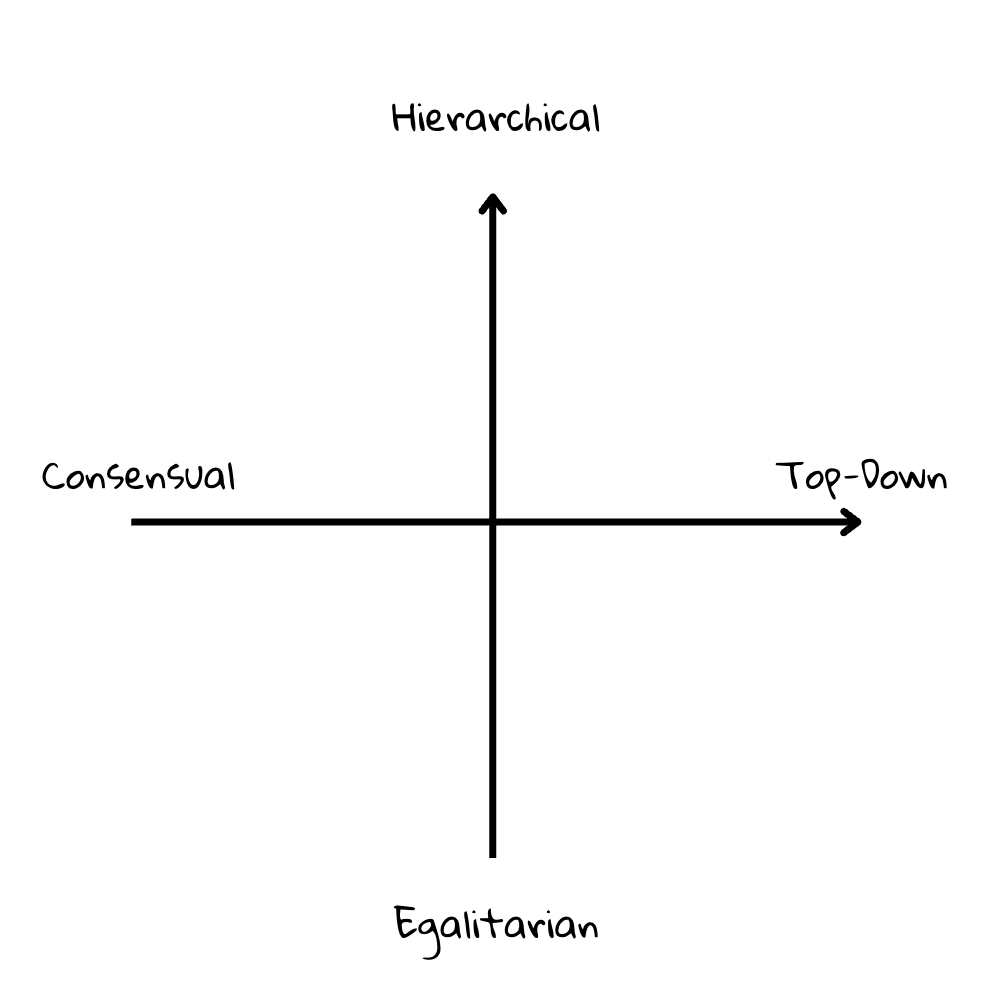How Cultural Decision-Making Makes or Breaks Your GTM Success
Consensus vs. Speed. Why deals stall, teams freeze, and playbooks fail when you mistake a cultural difference for a leadership issue.
In sales, we love playbooks that travel across regions.
I remember a decade ago when we tried to create blueprints for large enterprise deals. Copying influencer maps from a successful deal in Finland to apply them to our teams in Germany and France.
It never quite worked.
The truth I know today is simple: decision-making does not scale globally.
When you scale an international sales organisation, you quickly realise that what feels “slow” in Berlin might actually be inclusive in Stockholm.
And what looks “decisive” in Paris might feel top-down in Amsterdam.
Today, most international go-to-market leaders know that understanding how cultures differ is not a soft skill. It is a strategic advantage.
So yes, think global. But act local.
The invisible layer in your international pipeline
The invisible layer in every international pipeline is cultural, not based on process.
According to The Culture Map by Erin Meyer, countries differ across two key axes:
How they decide — consensual vs. top-down
How they lead — egalitarian vs. hierarchical
In practice, that means:
The Netherlands and the Nordics make decisions collectively. Teams debate early; alignment takes time. But once decided, execution is fast and stable.
France relies on clear authority. Speed comes from senior direction. So, once the leader commits, the team follows quickly.
Germany and Switzerland sit in between. It is process-driven and formal. Decisions are structured and documented, but not necessarily bureaucratic.
Eastern Europe often blends hierarchy from legacy systems with pragmatism and fast-moving younger tech sectors.
So the friction you feel is not indecision of the buyer, it is mostly the decision architecture you are selling into.
What’s shifting right now
I have led sales teams across these regions, and one thing stands out.
It is vital to differentiate in planning and adapt in reporting if you want consistency across markets.
Over the past decade, consensus cultures have learned speed, and hierarchical cultures have learned transparency.
Since the pandemic, decision-making has evolved even further.
Remote work flattened hierarchies. Even in traditionally top-down markets, leaders now consult more before committing.
Cross-functional buying committees in SaaS have made every market feel more consensual than before.
Yet paradoxically, AI and automation push decisions to happen even faster.
That means hierarchical cultures are learning to accelerate, while consensus cultures are learning to clarify.
In other words:
Speed now depends on clarity, not authority.
What leaders need to think about
There’s no universal model of “fast.”
Every leadership culture defines efficiency differently.
A U.S. team might decide in one meeting and pivot three times later. A Dutch team might discuss for a month, decide once, and never revisit. Both can be fast when measured by outcome, not by meeting count.
Before you optimise your funnel, map your decision map.
When you understand how your buyers and how your own team actually make decisions in selling, you will spend less time pushing and more time aligning.
My Three Takeaways for Revenue Leaders
1. Map your home culture.
Use Meyer’s “Deciding vs. Leading” axes to plot your own market and leadership team.
Understand your bias before you judge other people’s pace.
2. Adapt your sales mechanics.
In hierarchical markets, start top-down (C-suite first).
In consensus markets, sell bottom-up. Build alignment before you pitch ROI.
3. Redefine speed.
In 2025, “fast” means frictionless, not rushed.
Technology removes steps, but only cultural awareness removes resistance.
I also recommend you read the book!
If this made you think, share it with one colleague who is leading a sales team or driving AI adoption.
And if you want to stay ahead of that curve, subscribe to the Quarterly Revenue Brief Pulse.
All the best,
Henry






